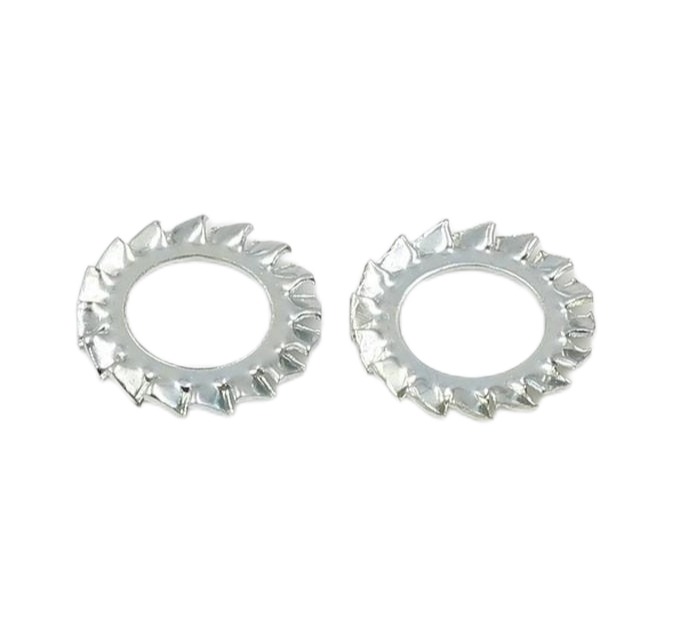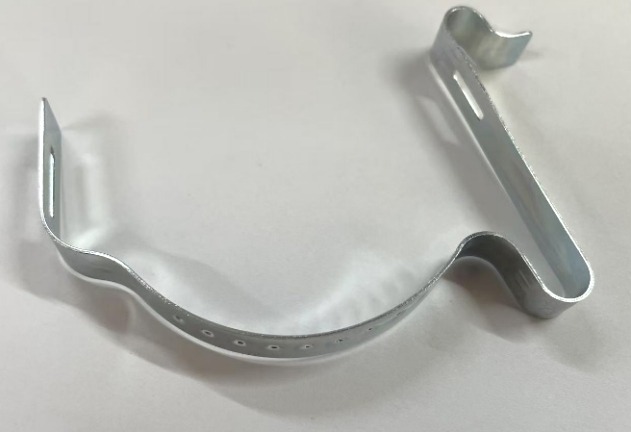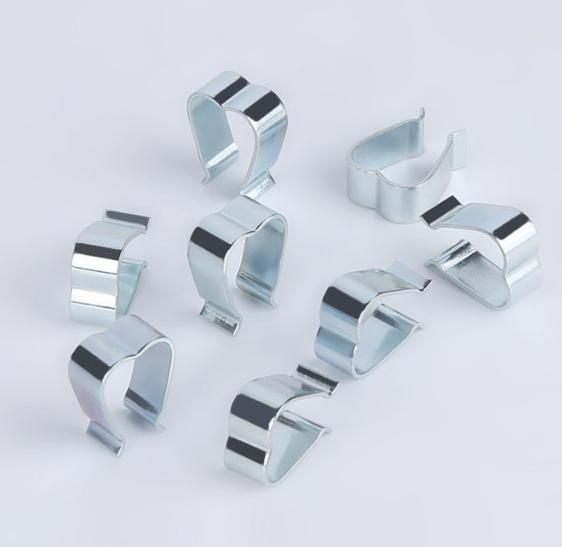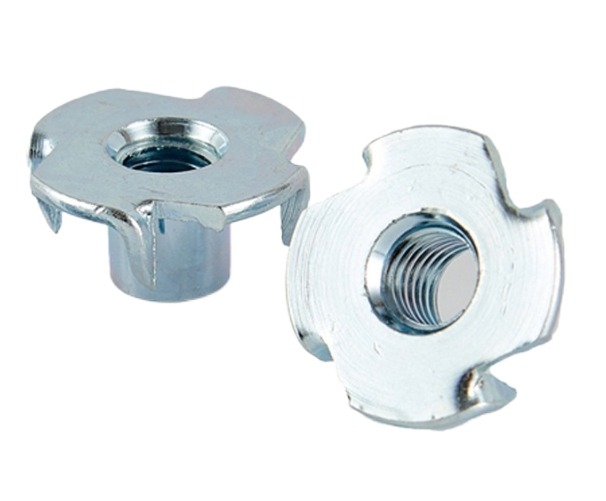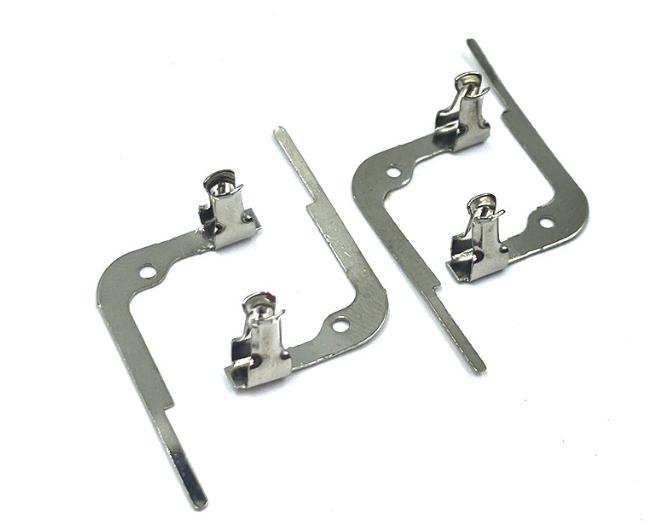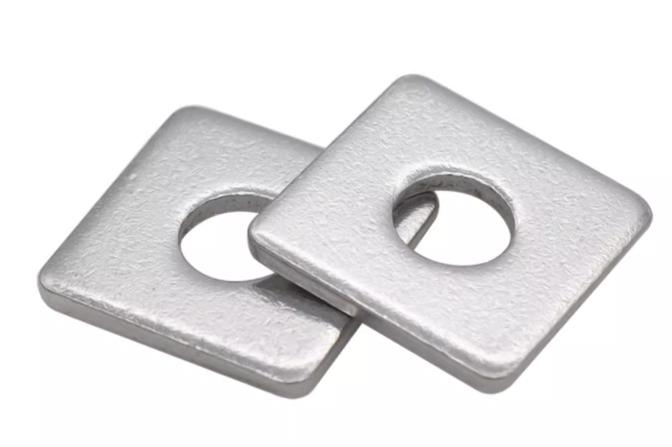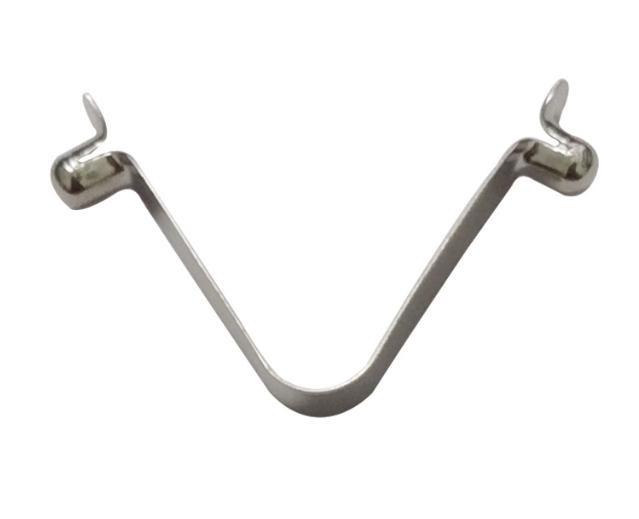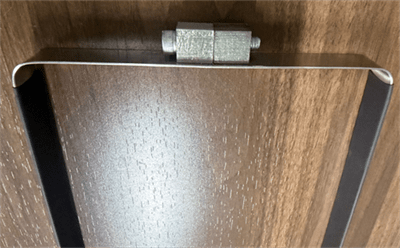How to Achieve High Hole Accuracy in CNC Boring?
Table of Contents
Achieving high hole accuracy is a crucial aspect of CNC boring, especially in industries where precise measurements and high-quality finishes are required, such as aerospace, automotive, medical manufacturing, etc. This article explores the key factors influencing hole accuracy in CNC boring and best practices to achieve desired results, as well as the primary measurement and inspection techniques for CNC-bored holes.
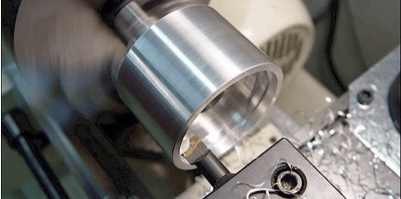
What is CNC Boring Process?
CNC boring is a precision machining process used to enlarge or refine pre-drilled or cast holes to exact specifications. By utilizing CNC machining technology, CNC boring machines can achieve high levels of accuracy, ensuring that holes meet precise diameters, depth, and surface finish requirements. It is commonly used in industries requiring tight tolerances and is essential for creating parts that demand exact fits and alignments.
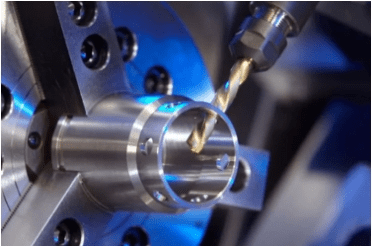
Understanding Hole Accuracy in CNC Boring
Hole accuracy in CNC boring refers to the precision of the hole’s diameter, roundness, position, and surface finish. The accuracy of a hole is critical for ensuring parts fit together seamlessly and function properly in assembled components.
Hole accuracy is often measured in terms of:
- Diameter Tolerance: The acceptable range of variation from the intended hole size.
- Roundness: The degree to which the hole maintains a true circular shape.
- Positioning: The hole’s exact location in relation to other features on the workpiece.
- Surface Finish: The smoothness of the hole’s interior, affecting friction and wear.
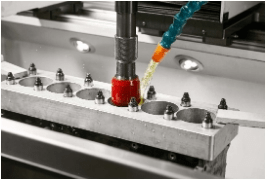
Factors Affecting Hole Accuracy in CNC Boring
Achieving hole accuracy in CNC boring is complex, as multiple factors come into play. These include machine setup, tool quality, cutting parameters, and the nature of the workpiece material.
1. Machine Setup and Calibration
Proper machine setup is foundational for high accuracy. Misalignments, fixture instability, or incorrect tool positioning can introduce errors in the boring process.
Best Practices: Regularly calibrate the machine and ensure that all fixtures are aligned and secure. Verifying the tool length, position, and spindle alignment also helps to minimize deviations in hole size and position.
2. Tool Selection and Tool Quality
The choice and quality of boring tools greatly influence hole accuracy. Tools with poor edge geometry or low durability lead to uneven cuts and affect hole dimensions.
Best Practices: Select boring tools that suit the material and type of hole being machined. For example, carbide tools with a sharp, precise edge are ideal for hard materials, while coated tools reduce wear. High-quality tools with advanced edge geometry also ensure a consistent and accurate cut.
3. Tool Wear and Maintenance
Tool wear is a primary factor that affects accuracy in CNC boring, as worn tools create irregular holes and leave rough finishes.
Best Practices: Implement a tool life management system to monitor wear and replace tools before they degrade. Some CNC machines have sensors that alert operators when tools are nearing their wear limits, allowing for proactive maintenance.
4. Cutting Parameters and Speeds
The cutting speed, feed rate, and depth of cut all influence hole accuracy. Inappropriate settings can cause issues such as deflection, excessive heat buildup, and rough surfaces.
Best Practices: Adjust cutting speeds and feed rates according to the tool, material, and hole dimensions. Lowering the feed rate as the boring cycle finishes can improve surface quality and help the tool produce a consistent, accurate diameter. Running trial cuts to optimize these parameters can also prevent errors.
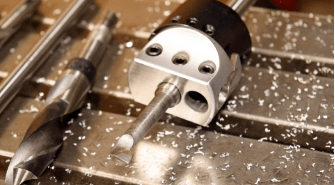
5. Material Properties
Different materials respond differently to the boring process. Softer metals, for instance, can cause chip buildup, while harder metals may lead to faster tool wear and surface irregularities.
Best Practices: Match the cutting tools and parameters to the specific workpiece material. For example, high-hardness materials might require slower feed rates and higher-quality tools, while soft materials need effective chip evacuation to prevent blockages.
6. Coolant and Lubrication
Coolants and lubricants are essential for maintaining temperature control during boring, as excessive heat can lead to thermal expansion of both the workpiece and the tool, affecting precision.
Best Practices: Use appropriate coolants or cutting oils, especially for deeper bores. High-pressure coolant systems or flood cooling can help prevent chip buildup and maintain a stable temperature, improving accuracy and surface finish.
7. Chip Control and Evacuation
Chip buildup within the hole can obstruct the tool, affect cutting efficiency, and compromise hole accuracy.
Best Practices: Use coolant-assisted chip evacuation methods or high-pressure air to keep the hole free of debris. Specialized chip evacuation systems are particularly beneficial for deeper holes or softer materials prone to chip accumulation.
8. Minimizing Vibration and Chatter
Vibration, or chatter, can lead to poor surface finish and irregular hole diameters. High-speed cutting, machine instability, and long tool extensions often contribute to vibration.
Best Practices: Ensure that the workpiece is securely clamped to reduce machine vibrations. Using dampening materials or special vibration-resistant tool holders can help stabilize the tool during boring. Reducing the spindle speed, increasing tool diameter, or shortening tool extension are additional strategies to control vibration.
9. Hole Depth and Aspect Ratio
Deeper holes present additional challenges for accuracy due to increased risk of tool deflection and chip buildup. High aspect ratios (depth-to-diameter ratios) make it harder to maintain a consistent hole diameter.
Best Practices: For deep bores, use specialized long-reach boring bars or tools with built-in coolant channels. Alternatively, adopting a step-boring technique or peck drilling can help maintain control over the hole’s accuracy while managing chip removal effectively.
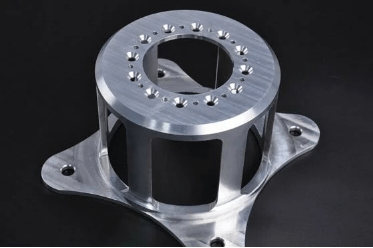
Measurement and Inspection Techniques for Hole Accuracy in CNC Boring
This chart summarizes the techniques used to inspect, measure and maintain hole accuracy in CNC boring, enabling manufacturers to meet tight tolerance requirements and high-quality standards.
| Technique | Description | Use in Hole Accuracy |
| Probing Systems | In-machine probes measure hole diameter and position in real-time. | Enables immediate adjustments during machining for accurate alignment and dimensional consistency. |
| Laser Measuring Systems | Non-contact lasers measure hole depth, diameter, and roundness. | Provides precise measurements mid-process, useful for detecting deviations early. |
| Bore Gauges | Portable tools that measure internal diameter, roundness, and taper. | Allows quick verification on-site, ensuring diameter accuracy and detecting taper in real-time. |
| Coordinate Measuring Machines (CMM) | Automated machines that provide high-precision, 3D measurements of hole specifications. | Ideal for post-machining inspection, capturing positional accuracy, diameter, and roundness for quality control. |
| Optical Measurement Systems | Cameras and sensors capture hole dimensions and surface finish without physical contact. | Effective for complex geometries and fragile materials, offering detailed analysis of dimensions and finish quality. |
| Bore Micrometers | Micrometers specifically designed to measure hole diameter. | Useful for direct, high-accuracy measurements after machining to confirm final hole size. |
| Closed-Loop Control Systems | Systems that monitor tool wear, temperature, and cutting forces with feedback loops. | Adjusts cutting parameters in real time to maintain consistency and avoid dimensional inaccuracies. |
| Digital Twin Technology | Simulates CNC boring in a virtual environment to predict and adjust for potential deviations. | Allows preemptive adjustments to settings based on simulations, reducing risks of errors. |
| Profilometers | Instruments that measure internal surface roughness of the bored hole. | Ensures surface quality meets requirements, important for applications needing precise fit and functionality. |
| Interferometry | Light-based technique that assesses surface irregularities with high precision. | Measures sub-micron surface finish, critical for applications where smooth internal surfaces are necessary. |
| Roundness Testers | Tools or CMM attachments that assess the circular shape of the hole. | Ensures the hole maintains a consistent circular profile, crucial for high-precision fits. |
| Taper Gauges | Gauges that measure the uniformity of hole diameter along its depth. | Detects tapering, which is important for applications that require consistent bore depth and diameter. |
| Machine Vision Systems | High-speed cameras and software that capture and analyze hole dimensions automatically. | Provides rapid, automated inspection of hole dimensions and finish, enhancing efficiency in high-volume production. |
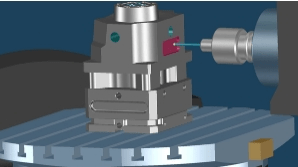
To sum up, achieving high hole accuracy in CNC boring requires attention to detail in every aspect of the process, from machine setup and tool selection to cutting parameters and measurement. Through adopting best practices for precision boring and implementing regular inspection, manufacturers can produce high-quality CNC parts with accurate, high-quality holes that meet stringent specifications, ensuring seamless assembly and reliable performance in demanding applications.

